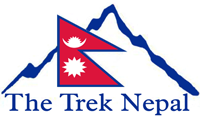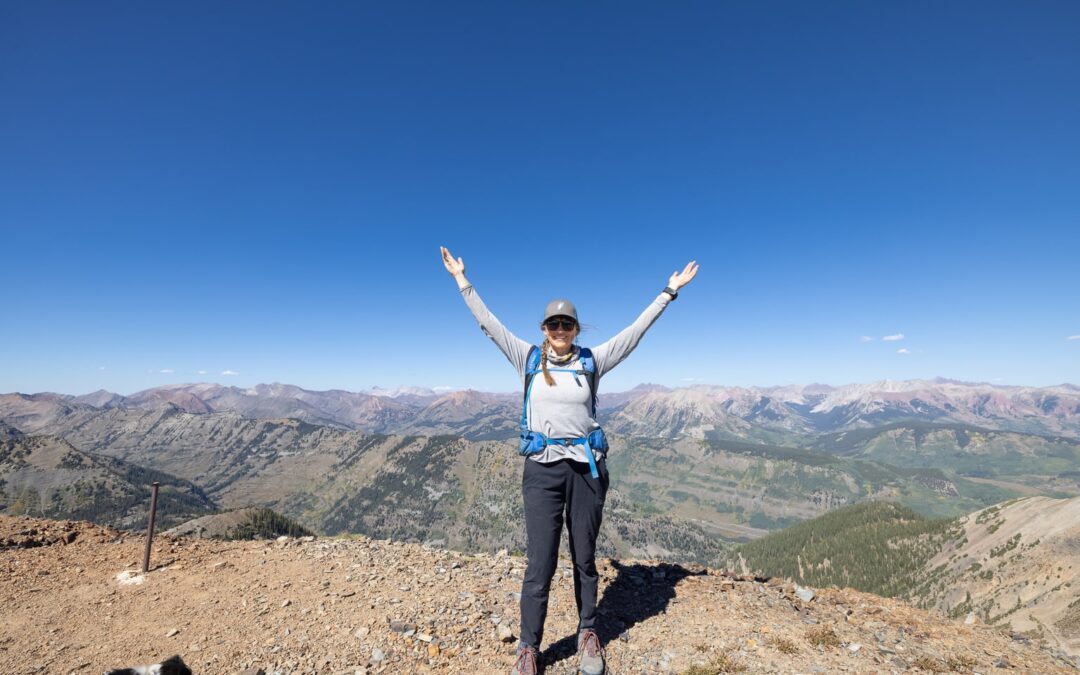Root Causes of Altitude Sickness
Cause of Altitude Sickness – One of the most common occurrences when you trek high elevation is altitude sickness. Altitude sickness is nothing but the lack of air for proper breathing. It is common among all trekkers who trek higher altitude.
There is nothing to worry about altitude sickness as it can be cured with proper steps. The Trek Nepal through this blog would like to explain the causes and also the preventive measures for altitude sickness.
Being a first-timer or an experienced trekker doesn’t matter when we talk about altitude sickness. More than 50% of trekkers face the issue of altitude sickness. Let’s dive directly into its root cause.
Causes of altitude sickness
The cause of altitude sickness is plain and simple. It is caused through by the poor oxygen level as you get higher and higher. Most probably the altitude above 2500m is termed to be the cause for altitude sickness.
Another reason for altitude sickness is the lack of proper acclimatization. If you have changed altitudes quickly in a short span there is a major chance you might get mountain sickness.
Therefore a good trekking agency like The Trek Nepal plans every movement with proper acclimatization which helps you to complete the trek healthily.
Symptoms of Altitude Sickness
If you are a first-timer, it is tough to understand whether you are having altitude sickness or not. The symptoms of altitude sickness are very common and most of the time trekkers underestimate it which could turn out to be fatal.
It is common so the symptoms also turn out to be the most common ones. The major symptoms of altitude sickness or mountain sickness are:
- Headaches
- Tiredness and fatigue
- Nausea and vomiting
- Tingle in the body
- Shortness of breath and bleeding nose
- Poor eating habits and exertion.
Preventive Measures for Altitude Sickness
When you are affected by altitude sickness there could be a feeling that it’s tough but it is easier to be safe.
Some of the easy yet underlooked ways to prevent altitude sickness are:
- Consult professional
If you are trekking solo in Nepal it could be tough if you suffer from altitude sickness. With a lack of medical professionals things could get out of hand.
But with The Trek Nepal, we have experienced guides who have seen these situations aplenty. You will discuss the medical history and any medical conditions with our professional which helps to avoid it.
- Remove bad habits
This could be an important factor contributing to altitude sickness. To have an easy journey try and stop the consumption of alcohol, tobacco, cigarette,s or any anti-depressant drugs.
This substance not only affects your body but also your physical ability to complete the trek. Similarly always try and control the use of caffeine as it dehydrates you very quickly.
- Practice low altitude trekkings
Low-altitude trekking is key to prevent yourself from altitude sickness. When you perform the low altitude trekking your body will be adjusted to the changing environment quite well.
The Trek Nepal suggests you start your journey below 3000m and slowly get higher in the ranks. As the oxygen level decreases with an increase in altitude it will help your body to adjust better.
- Stay Hydrated properly
It doesn’t matter whether you are at a higher altitude or lower, poor hydration always creates major problems. But with an increase in altitude, things get out of hand.
So we try and suggest everyone to remain fully hydrated. Always drink 3-4 liters of water daily and also eat a balanced diet. Avoid junk as much as possible as it affects your digestive system.
- Hire a good trekking agency
This could be a major way to prevent altitude sickness. The Trek Nepal never suggests any trekkers do solo trekking in Nepal. This is due to the unpredictability factor of Nepal.
With the help of experienced trekking agencies, it allows for better services. Although you might be facing altitude sickness issues, the guides know exactly what to do and how to cure you quickly.
They have the right set of first aid items and also medications which helps you to ease the issue. From headaches to dizziness and nausea, a good trekking agency and guide are your major friends. So always look for better-rated and service-providing trekking agencies.
- Take your time
Trekking is a marathon but not a sprint. Having said this always try and take your time while trekking. Getting to the destination quicker has never helped anyone to this point. Proper acclimatization and following a balanced diet help you to get the right results.
Never use the option of flying to a higher altitude as it could affect your acclimatization procedure. Rest enough drink clean water and eat a balanced diet.
Even during walking in the trek always look for a gradual stop point if you doing a solo. But with a trekking agency, they have fixed stop points where you can gather your energy and get ready for the next push.
- Know your body
This could be an overstatement when we talk about knowing your body. The body of every human is different and they need to be treated differently. The trekking of one person could be different in comparison to another.
Never compete but try and listen to your body signs. Your strength could only trek for 5 hours a day but trying for 7 could be fatal in the mountains. It is very common to feel headaches and dizziness at higher altitudes.
Don’t panic and take the situation as lightly as possible. Slowly progress towards your destination and understand what your body is saying. If it explains that you can’t move further don’t push your limit.
Try and be stronger the next time when you come to the trek. Don’t push yourself so hard to the destination that it could damage you physically. Always consult the guide about your symptoms and do as they suggest.
In conclusion, altitude sickness is a common phenomenon. Anyone in the trekking field could experience it. It doesn’t matter whether you are a beginner or a pro, altitude sickness is common.
Just try and keep it simple without panicking about the situation and you could have a brilliant trekking experience.

